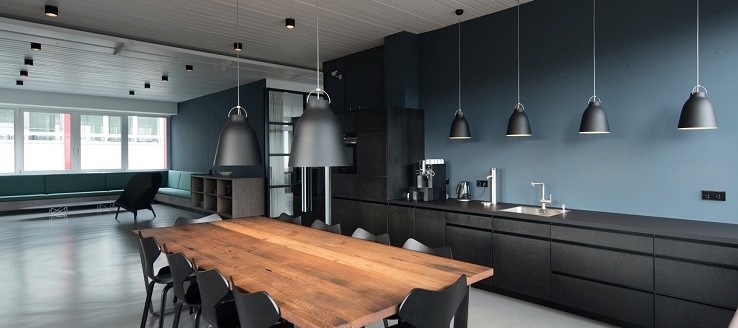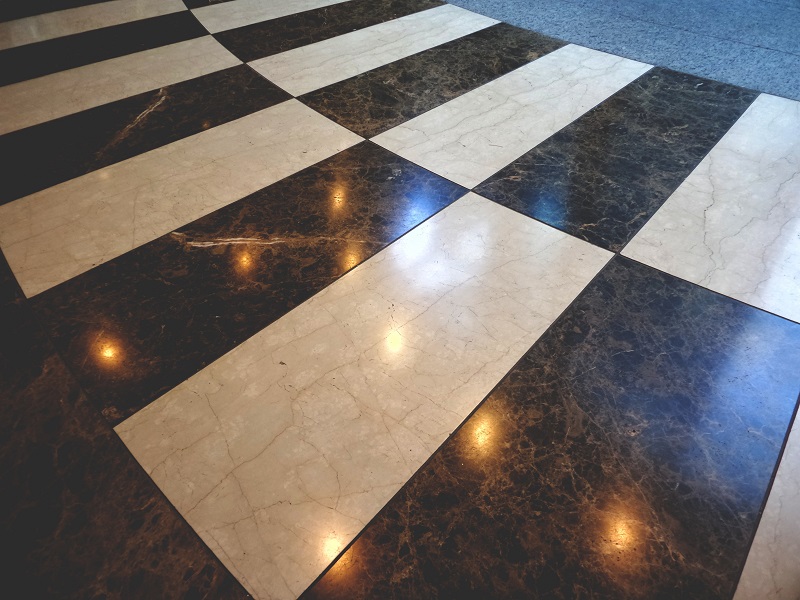
Workplace ergonomics includes lighting. An adequately illuminated office and workspace is inviting, motivating, aesthetically pleasing and offers plenty of other advantages. Hence, business owners should not ignore the importance of office lighting because eventually, the benefits will be translated into better productivity, workplace safety and healthier workforce.
What Is Poor Lighting?
Poor lighting refers to both under and over-illuminated environment, glare, incorrect contrast, poorly distributed light and flicker. Poorly-lit environment induces fatigue, headache, eye strain, neck, back and shoulder pain because employees are squinting and using bad postures to “see better”. It is the responsibility of business owners to eliminate all kinds of avoidable hazards and accidents in the workplace (read: Workplace Health Hazards). Continue reading “The Importance of Office Lighting”




